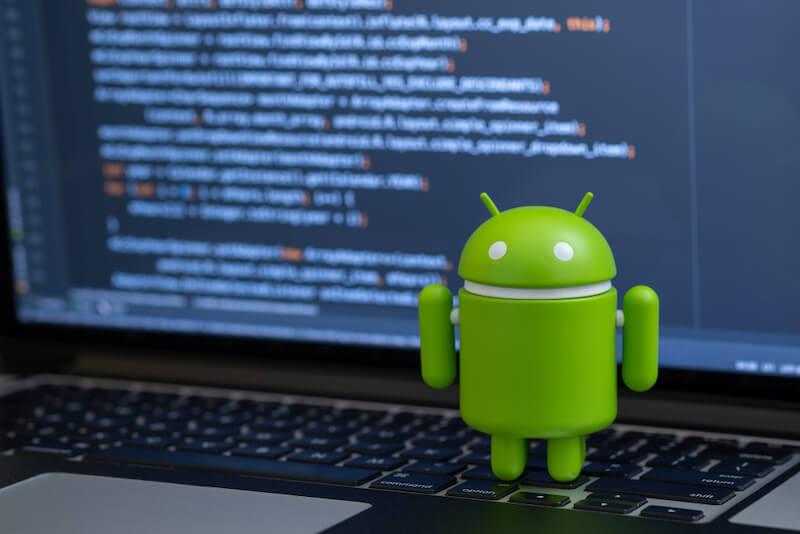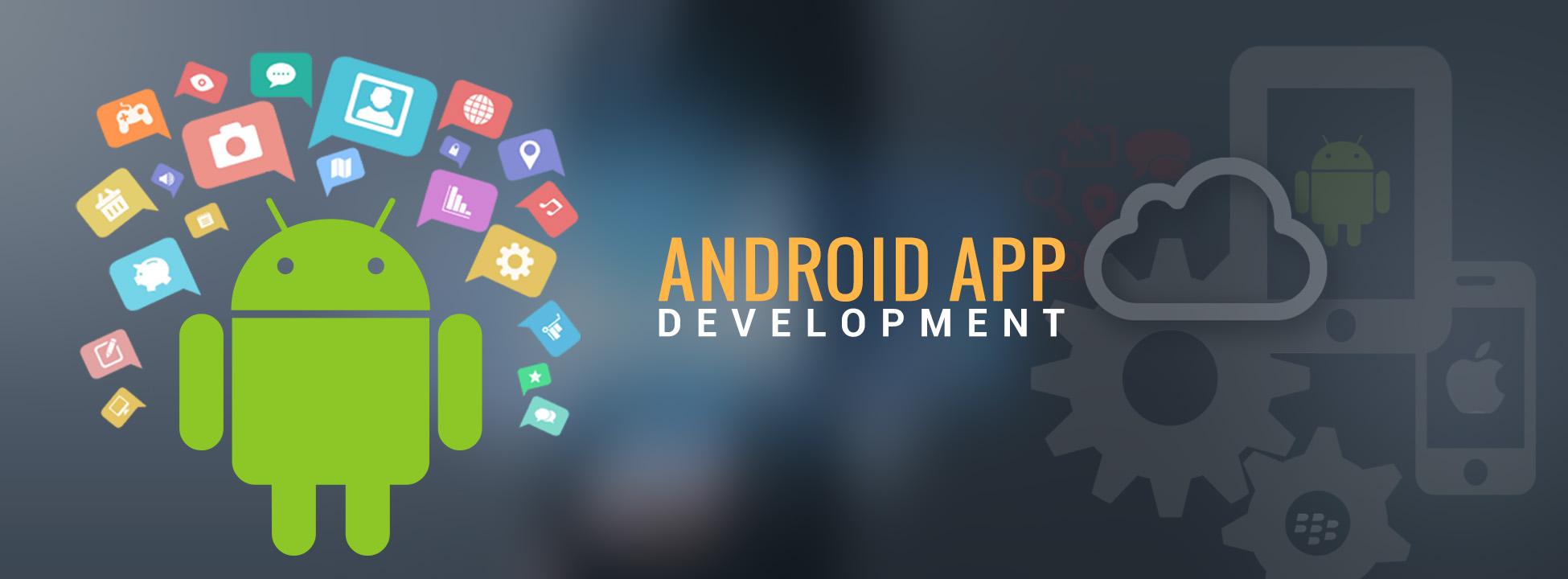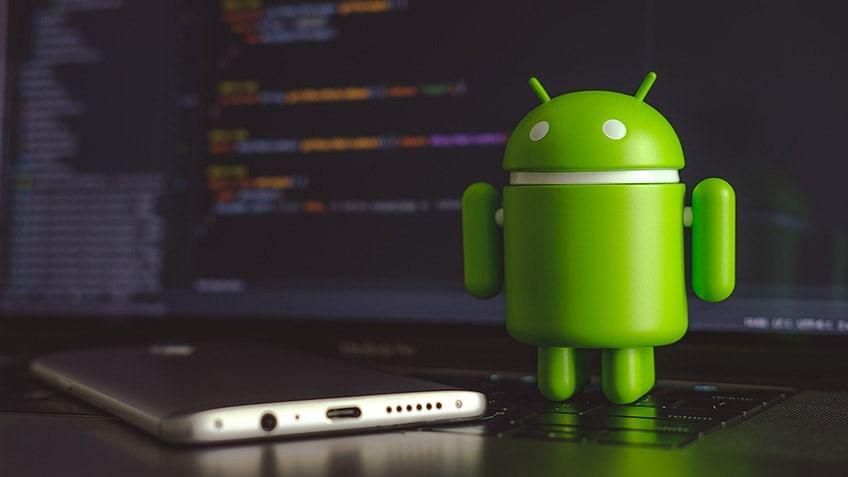Welcome too the world of Android app development, where creativity meets technology! If you’ve ever dreamt of transforming your innovative ideas into user-friendly applications that can be accessed by millions, you’re in the right place. This complete coding tutorial will guide you through the essentials of developing android apps, breaking down complex concepts into manageable steps. Whether you’re a complete novice eager to explore the basics or a seasoned coder looking to sharpen your skills, this tutorial is designed to equip you with the knowledge and tools you need to bring your app aspirations to life. Join us as we navigate the fascinating landscape of Android development, unlocking the secrets of coding along the way. Let’s embark on this journey together and empower you to create the next must-have app!
Understanding the Android Development Environment and Essential Tools
Creating a robust Android application requires a well-structured development environment equipped with essential tools. At the heart of this environment is Android Studio, the official Integrated Development Environment (IDE) for Android development. Android Studio provides a rich coding experience with features such as intelligent code editor, APK analyzer, and built-in support for version control systems. In addition to Android Studio, developers often rely on the Android SDK (Software Development Kit), which contains libraries and tools needed to build applications tailored specifically for Android devices.
To enhance development efficiency, tools such as Gradle for automation, AVD Manager for simulating Android devices, and Emulator for testing apps can also prove invaluable.
It’s crucial to familiarize yourself with several other essential tools that can definitely help streamline your workflow. Consider adding these to your toolkit:
- Firebase: For integrating backend services such as databases and authentication.
- Git: for version control, facilitating teamwork and code management.
- Flutter: For building cross-platform apps with a single codebase.
Moreover, understanding the structure of an Android project is vital. Here’s a simple table breaking down key components:
| Component | Description |
|---|---|
| manifest File | Defines app permissions and activities. |
| Java/Kotlin Files | Where the app logic and functionality reside. |
| Resource Files | Houses images, layouts, and strings used in the app. |
With these tools and structures in place, you’re well on your way to embarking on the journey of Android app development.

Key Programming Languages and Frameworks for Modern Android App Development
In the landscape of modern Android app development, several programming languages and frameworks stand out, each offering unique advantages for developers. Java remains a cornerstone, known for its stability and vast ecosystem, making it a popular choice for building robust applications. However, the arrival of Kotlin has energized the Android community, providing a more modern syntax and improved safety features. Kotlin’s seamless interoperation with Java allows developers to gradually adopt it, all while leveraging existing codebases. Additionally, for developers looking to create cross-platform solutions, frameworks such as Flutter and React Native have gained traction. Flutter, backed by Google, utilizes the Dart language to create visually stunning apps from a single codebase, while react Native leverages JavaScript, enabling a web-centric approach to mobile application development.
When considering backend development,many developers lean towards Spring Boot for its simplicity and efficiency in creating RESTful services. Furthermore, utilizing Firebase can significantly streamline backend operations with its real-time database capabilities, authentication, and cloud functions. As the ecosystem evolves, choosing the right combination of languages and frameworks is paramount. Here’s a quick overview of some of the key players:
| language/Framework | Key Features |
|---|---|
| Java | Established, versatile; vast libraries available |
| Kotlin | Conciseness, null safety, modern features |
| Flutter | Rapid UI creation, single codebase; native performance |
| React Native | Rich ecosystem; hot reloading for rapid development |
| Spring Boot | Microservices architecture; efficient REST APIs |
| Firebase | Real-time database; built-in authentication systems |

Best Practices for Designing User-Friendly Interfaces in android Apps
Creating a user-friendly interface in Android apps hinges on embracing simplicity and accessibility. clarity in design ensures that users can easily navigate through the app without confusion. Keeping the layout clean by utilizing ample whitespace enhances focus on key elements.Consider categorizing actions with clearly defined buttons or tabs that stand out. Additionally,employing a consistent color palette aids in reinforcing brand identity while also guiding users instinctively through the app’s functionalities. Visual hierarchy is key; important facts should be emphasized through size, color, or placement to naturally guide the user’s attention.
Another essential aspect is the adaptability of the interface to various screen sizes and orientations. Android devices come in myriad forms; thus,designing with responsive layouts is critical. Use flexible grids and constraint layouts to ensure your app looks great on all devices.Furthermore, integrating user feedback mechanisms, such as surveys or ratings, allows continuous improvements based on user experience. testing your designs with actual users is invaluable. Observe their interactions and gather insights to refine and enhance the overall usability. Remember, an app that feels intuitive and engaging will keep users coming back.

Troubleshooting Common Coding Challenges in Android Development
When delving into Android development, encountering coding challenges is almost inevitable. The first step to resolving issues is to clearly identify the symptoms.Common problems often arise from misconfigured dependencies, incorrect API calls, or inefficient use of resources. To address these, developers can follow a methodical approach:
- Check your Gradle files: Ensure that all dependencies are correctly defined and that there are no version conflicts.
- Utilize Logcat: This tool provides valuable insights into runtime errors and helps trace potential bugs.
- Review code for typos: Simple mistakes in variable names or method calls can lead to frustrating errors.
In addition to these steps, employing a structured debugging process can significantly enhance your development experience. Begin by isolating the problematic code and testing it in smaller segments.Leveraging tools like Android Studio Debugger allows you to monitor variables in real-time, making it easier to pinpoint the root cause of issues. For complex coding scenarios, consider organizing your findings in a concise format:
| Error Type | Possible solution |
|---|---|
| NullPointerException | Check for uninitialized variables. |
| OutOfMemoryError | Optimize image/resource loading. |
| Activity Not Found | Inspect the AndroidManifest.xml for errors. |
Closing Remarks
As we wrap up our journey through the realm of Android app development, it’s clear that the coding landscape is as vast as it is exciting. Whether you’ve just dipped your toes into the code or are ready to dive deep into building intricate applications, the skills you’ve acquired in this tutorial will serve as a sturdy foundation for your creative endeavors.
Remember, the world of Android development is ever-evolving, inviting you to continually learn and innovate. With each line of code you write, you’re not just building apps; you’re crafting experiences that can resonate with users around the globe. So, take what you’ve learned here, experiment, and let your imagination guide you.
Keep pushing boundaries,stay curious,and embrace the challenges that come your way.The next great app could be just a few lines of code away, and who knows? you might just be the visionary developer creating the next big thing in the Android universe. happy coding!


